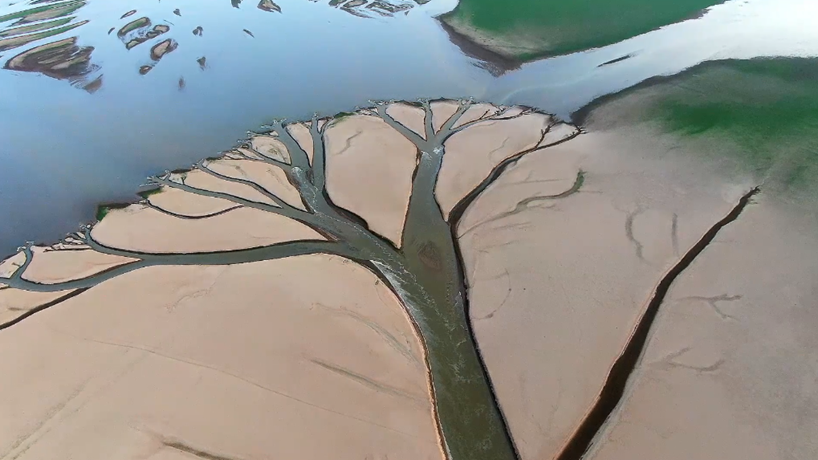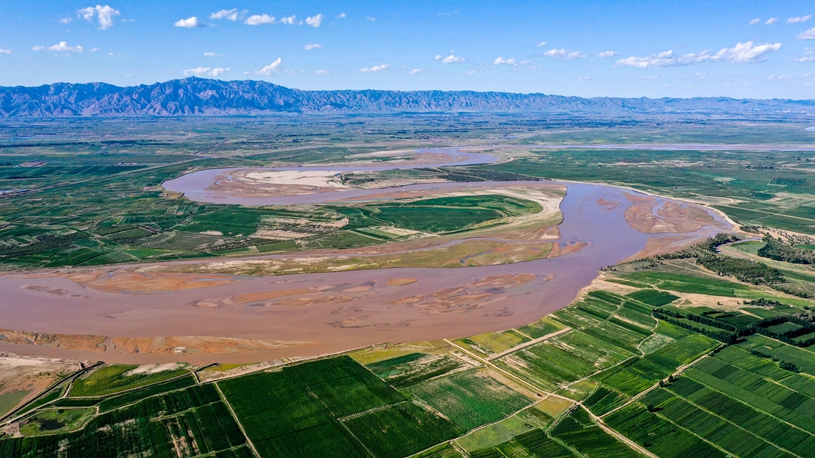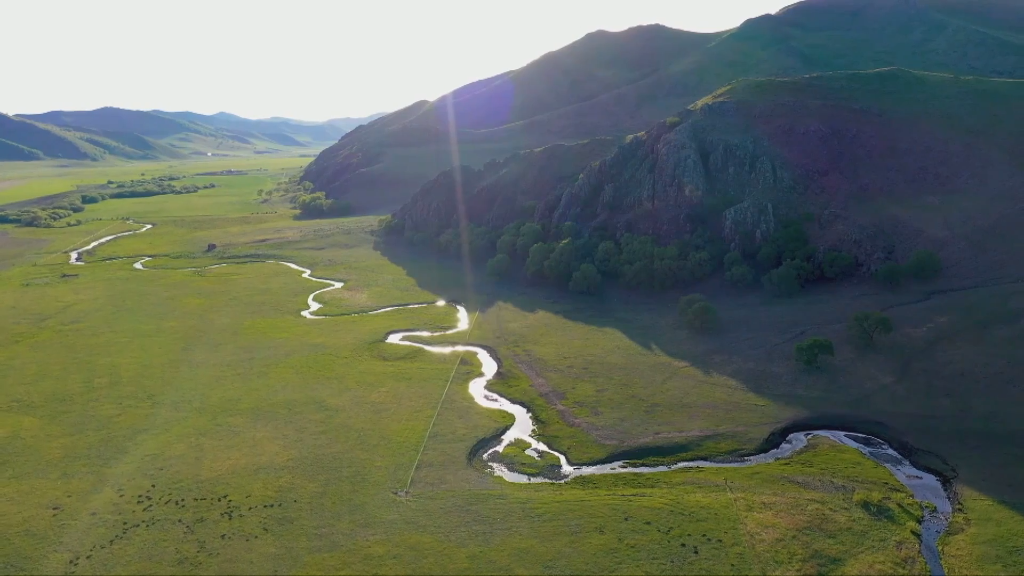
A Long March-5B Y3 carrier rocket, carrying Wentian lab module, blasts off from the Wenchang Spacecraft Launch Site in south China's Hainan Province, July 24, 2022. (Xinhua/Yang Guanyu)
BEIJING, Aug. 25 (Xinhua) -- A plasma in-situ imaging detector will be installed on the Wentian lab module's extravehicular platform to measure various plasma parameters in the orbit of China's space station, said the China Manned Space Agency.
Wentian, the first lab module of China's space station, was sent to space on July 24 and has operated in orbit for nearly a month.
In addition to the scientific experiment cabinets, Wentian also carries two extravehicular detectors. They include the plasma in-situ imaging detector and an energy particle detector, to be installed on the extravehicular platform as planned.
The plasma in-situ imaging detector is a payload that integrates in-situ measurement and imaging functions. It can measure plasma electronic parameters, plasma ion parameters, and surface potential of Wentian and carry out three-dimensional imaging detection of ions.
The space station is China's long-term in-orbit space infrastructure and a platform for China to carry out various space science experiments. Monitoring the space environment of its orbit is one of the vital jobs to ensure the safety of the manned space program.
Monitoring the space environment, such as the plasma environment, can also provide a notable basis for studying the mechanism of the harm brought by the space environment to the space station and astronauts and can also collect necessary parameters for experiment payloads on the space station.
The space station is orbiting in the F2 Layer of the ionosphere, where Earth's atmosphere meets space. With the highest plasma density, the F2 Layer is the area where most ionospheric physical phenomena and effects occur and has the most influence on navigation and positioning signals.
The detector can help study the origin and evolution of ionospheric irregularities to improve ionospheric model accuracy. It can then improve the accuracy of navigation and positioning based on ionospheric models.
Immersed in space plasma, the space station has had various interactions with the plasma, resulting in the charging of the space station and contamination and damage of its surface materials.
The detector can monitor the ionospheric plasma environment to study the interaction mechanism between the plasma environment and the space station and its influence on astronauts and the space station to ensure the safety of the manned space program.
Besides plasma detection in the ionosphere, the detector can be used for plasma detection in interplanetary and deep space.
It can also work with satellites Zhangheng 1 and L-SAR 01 to realize the joint detection of the global ionosphere. ■












